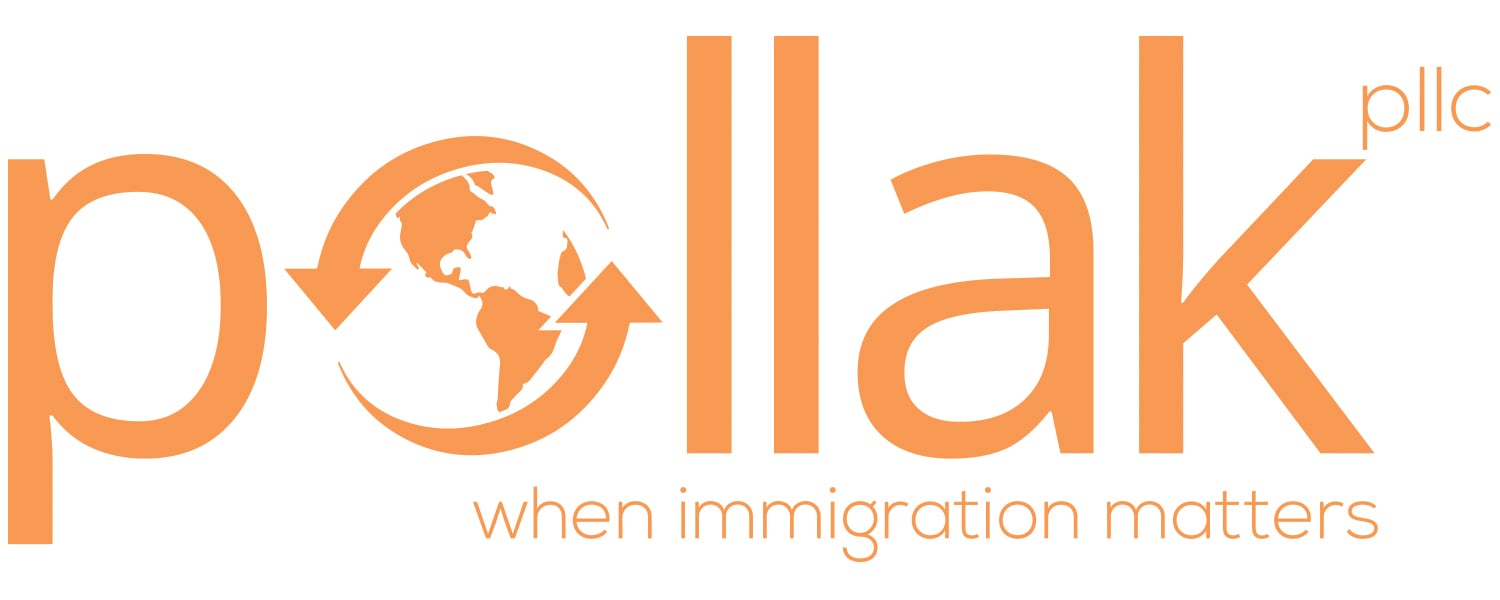A. STATUTORY NUMBERS
1. This bulletin summarizes the availability of immigrant numbers during January. Consular officers are required to report to the Department of State documentarily qualified applicants for numerically limited visas; the Bureau of Citizenship and Immigration Services in the Department of Homeland Security reports applicants for adjustment of status. Allocations were made, to the extent possible under the numerical limitations, for the demand received by December 8th in the chronological order of the reported priority dates. If the demand could not be satisfied within the statutory or regulatory limits, the category or foreign state in which demand was excessive was deemed oversubscribed. The cut-off date for an oversubscribed category is the priority date of the first applicant who could not be reached within the numerical limits.
Only applicants who have a priority date earlier than the cut-off date may be allotted a number. Immediately that it becomes necessary during the monthly allocation process to retrogress a cut-off date, supplemental requests for numbers will be honored only if the priority date falls within the new cut-off date which has been announced in this bulletin.
2. Section 201 of the Immigration and Nationality Act (INA) sets an annual minimum family-sponsored preference limit of 226,000. The worldwide level for annual employment-based preference immigrants is at least 140,000. Section 202 prescribes that the per-country limit for preference immigrants is set at 7% of the total annual family-sponsored and employment-based preference limits, i.e., 25,620. The dependent area limit is set at 2%, or 7,320.
3. Section 203 of the INA prescribes preference classes for allotment of immigrant visas as follows:
First: Unmarried Sons and Daughters of Citizens: 23,400 plus any numbers not required for fourth preference.
Second: Spouses and Children, and Unmarried Sons and Daughters of Permanent
Residents: 114,200, plus the number (if any) by which the worldwide family preference level exceeds 226,000, and any unused first preference numbers:
A. Spouses and Children: 77% of the overall second preference limitation, of which 75% are exempt from the per-country limit;
B. Unmarried Sons and Daughters (21 years of age or older): 23% of the overall second preference limitation.
Third: Married Sons and Daughters of Citizens: 23,400, plus any numbers not required by first and second preferences.
Fourth: Brothers and Sisters of Adult Citizens: 65,000, plus any numbers not required by first three preferences.
First: Priority Workers: 28.6% of the worldwide employment-based preference level, plus any numbers not required for fourth and fifth preferences.
Second: Members of the Professions Holding Advanced Degrees or Persons of Exceptional Ability: 28.6% of the worldwide employment-based preference level, plus any numbers not required by first preference.
Third: Skilled Workers, Professionals, and Other Workers: 28.6% of the worldwide level, plus any numbers not required by first and second preferences, not more than 10,000 of which to "Other Workers".
Fourth: Certain Special Immigrants: 7.1% of the worldwide level.
Fifth: Employment Creation: 7.1% of the worldwide level, not less than 3,000 of which reserved for investors in a targeted rural or high-unemployment area, and 3,000 set aside for investors in regional centers by Sec. 610 of P.L. 102-395.
4. INA Section 203(e) provides that family-sponsored and employment-based preference visas be issued to eligible immigrants in the order in which a petition in behalf of each has been filed. Section 203(d) provides that spouses and children of preference immigrants are entitled to the same status, and the same order of consideration, if accompanying or following to join the principal. The visa prorating provisions of Section 202(e) apply to allocations for a foreign state or dependent area when visa demand exceeds the per-country limit. These provisions apply at present to the following oversubscribed chargeability areas: CHINA-mainland born, DOMINICAN REPUBLIC, INDIA, MEXICO, and PHILIPPINES.
5. On the chart below, the listing of a date for any class indicates that the class is oversubscribed (see paragraph 1); "C" means current, i.e., numbers are available for all qualified applicants; and "U" means unavailable, i.e., no numbers are available. (NOTE: Numbers are available only for applicants whose priority date is earlier than the cut-off date listed below.)
| Family | All Chargeability Areas Except Those Listed | CHINA-mainland born | DOMINICAN REPUBLIC | INDIA | MEXICO | PHILIPPINES |
| 1st | 01JAN05 | 01JAN05 | 01JAN05 | 01JAN05 | 08JAN93 | 01JUN94 |
| 2A | 01JAN08 | 01JAN08 | 01JAN08 | 01JAN08 | 01APR05 | 01JAN08 |
| 2B | 15APR03 | 15APR03 | 01MAR02 | 15APR03 | 22JUN92 | 15MAY99 |
| 3rd | 01JAN01 | 01JAN01 | 01JAN01 | 01JAN01 | 22OCT92 | 22OCT91 |
| 4th | 01JAN02 | 01JAN02 | 01JAN02 | 01JAN02 | 22DEC95 | 01JAN88 |
*NOTE: For January, 2A numbers EXEMPT from per-country limit are available to applicants from all countries with priority dates earlier than 01APR05. 2A numbers SUBJECT to per-country limit are available to applicants chargeable to all countries EXCEPT MEXICO with priority dates beginning 01APR05 and earlier than 01JAN08. (All 2A numbers provided for MEXICO are exempt from the per-country limit; there are no 2A numbers for MEXICO subject to per-country limit.)
| Employment- Based | All Chargeability Areas Except Those Listed |
CHINA- mainland born | DOMINICAN REPUBLIC | INDIA | MEXICO | PHILIPPINES |
| 1st | C | C | C | C | C | C |
| 2nd | C | 22JUN06 | C | 08MAY06 | C | C |
| 3rd | 22MAR05 | 15DEC03 | 22MAR05 | 01FEB02 | 15APR03 | 22MAR05 |
| Other Workers | 22APR03 | 22APR03 | 22APR03 | 01FEB02 | 15APR03 | 22APR03 |
| 4th | C | C | C | C | C | C |
| Certain Religious Workers | C | C | C | C | C | C |
| 5th | C | C | C | C | C | C |
| Targeted Employment Areas/ Regional Centers | C | C | C | C | C | C |
| 5th Pilot Programs | C | C | C | C | C | C |
The Department of State has available a recorded message with visa availability information which can be heard at: (area code 202) 663-1541. This recording will be updated in the middle of each month with information on cut-off dates for the following month.
Employment Third Preference Other Workers Category: Section 203(e) of the NACARA, as amended by Section 1(e) of Pub. L. 105-139, provides that once the Employment Third Preference Other Worker (EW) cut-off date has reached the priority date of the latest EW petition approved prior to November 19, 1997, the 10,000 EW numbers available for a fiscal year are to be reduced by up to 5,000 annually beginning in the following fiscal year. This reduction is to be made for as long as necessary to offset adjustments under the NACARA program. Since the EW cut-off date reached November 19, 1997 during Fiscal Year 2001, the reduction in the EW annual limit to 5,000 began in Fiscal Year 2002.
B. DIVERSITY IMMIGRANT (DV) CATEGORY
Section 203(c) of the Immigration and Nationality Act provides a maximum of up to 55,000 immigrant visas each fiscal year to permit immigration opportunities for persons from countries other than the principal sources of current immigration to the United States. The Nicaraguan and Central American Relief Act (NACARA) passed by Congress in November 1997 stipulates that beginning with DV-99, and for as long as necessary, up to 5,000 of the 55,000 annually-allocated diversity visas will be made available for use under the NACARA program. This reduction has resulted in the DV-2011 annual limit being reduced to 50,000. DV visas are divided among six geographic regions. No one country can receive more than seven percent of the available diversity visas in any one year.
For January, immigrant numbers in the DV category are available to qualified DV-2011 applicants chargeable to all regions/eligible countries as follows. When an allocation cut-off number is shown, visas are available only for applicants with DV regional lottery rank numbers BELOW the specified allocation cut-off number:
| Region | All DV Chargeability Areas Except Those Listed Separately | |
|---|---|---|
| AFRICA | 20,900 | Except: Egypt 16,000 Ethiopia 13,200 Nigeria 12,100 |
| ASIA | 13,300 | |
| EUROPE | 15,400 | |
| NORTH AMERICA (BAHAMAS) | 6 | |
| OCEANIA | 775 | |
| SOUTH AMERICA, and the CARIBBEAN | 900 |
Entitlement to immigrant status in the DV category lasts only through the end of the fiscal (visa) year for which the applicant is selected in the lottery. The year of entitlement for all applicants registered for the DV-2011 program ends as of September 30, 2011. DV visas may not be issued to DV-2011 applicants after that date. Similarly, spouses and children accompanying or following to join DV-2011 principals are only entitled to derivative DV status until September 30, 2011. DV visa availability through the very end of FY-2011 cannot be taken for granted. Numbers could be exhausted prior to September 30.
C. ADVANCE NOTIFICATION OF THE DIVERSITY (DV) IMMIGRANT CATEGORY RANK CUT-OFFS WHICH WILL APPLY IN FEBRUARY
For February, immigrant numbers in the DV category are available to qualified DV-2011 applicants chargeable to all regions/eligible countries as follows. When an allocation cut-off number is shown, visas are available only for applicants with DV regional lottery rank numbers BELOW the specified allocation cut-off number:
| Region | All DV Chargeability Areas Except Those Listed Separately | |
|---|---|---|
| AFRICA | 26,100 | Except: Egypt 20,200 Ethiopia 15,000 Nigeria 12,100 |
| ASIA | 14,850 | |
| EUROPE | 17,600 | |
| NORTH AMERICA (BAHAMAS) | 7 | |
| OCEANIA | 810 | |
| SOUTH AMERICA, and the CARIBBEAN | 900 |
D. RETROGRESSION OF FAMILY CUT-OFF DATES
As reported in the December Visa Bulletin (number 27), the cut-off dates for most Family preference categories advanced at a very rapid pace during the past two years. Those movements have resulted in a dramatic increase in the level of applicant demand received in recent months. This has required the retrogression of many Family preference cut-off dates for January in an effort to hold number use within the various numerical limits. Further retrogressions cannot be ruled out should demand continue at the current levels.
Immigration questions? We have answers. Free consultation available | 800-969-5529

